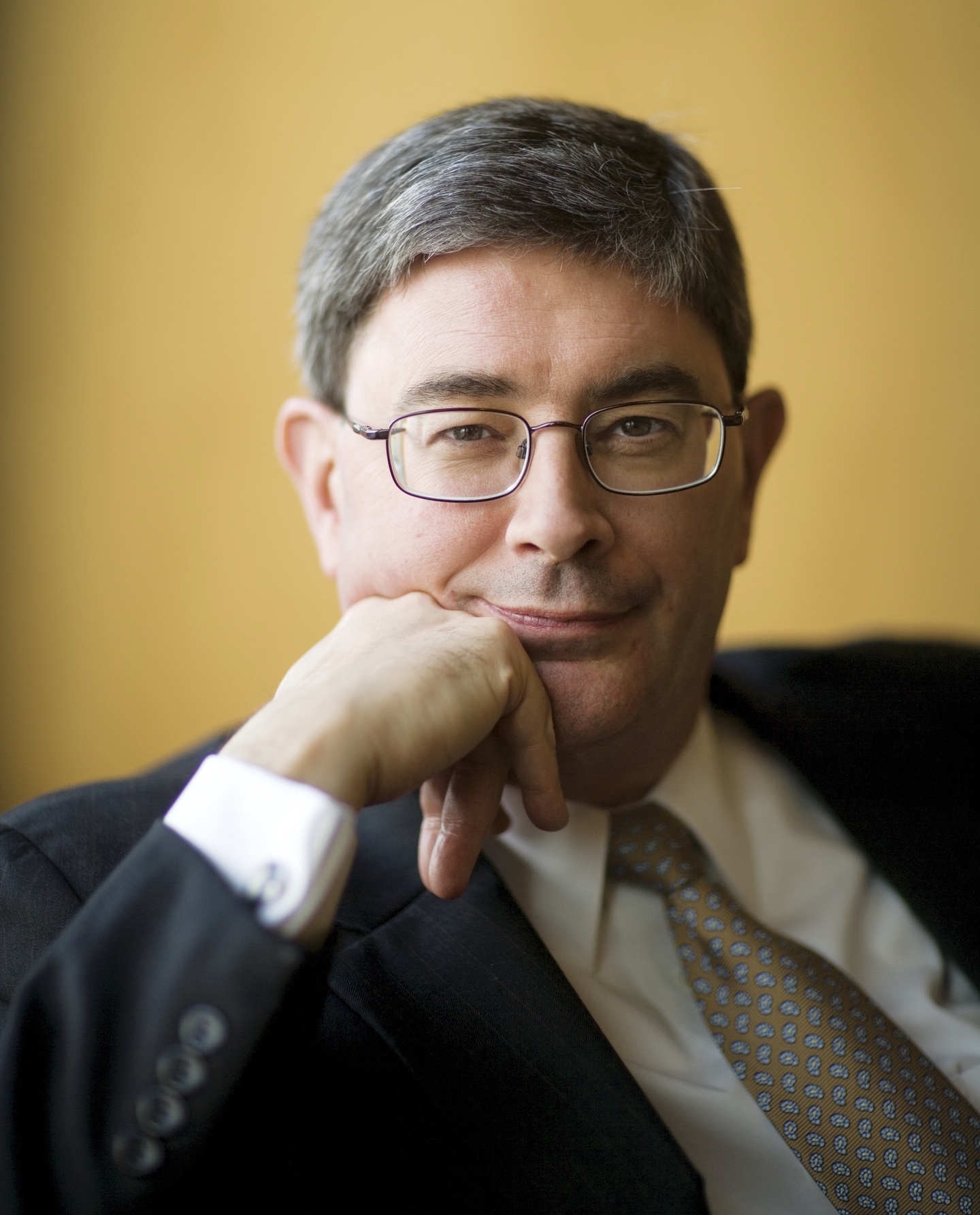On this twenty-fifth anniversary of World Youth Day in Denver, I can’t help sharing one of my favorite personal memories of John Paul II.
It was December 15, 2004, and as had become our custom during the years when I was preparing Witness to Hope, I was having a pre-Christmas dinner with John Paul, who loved the Christmas season—and believed in opening his Christmas presents when he got them. That year, I had brought him a very large photo album, National Parks of the United States, which the pope proceeded to unwrap as soon as I gave it to him, with some help from then-Archbishop Stanislaw Rylko. The 263rd successor of St. Peter then looked at the table of contents—and immediately turned to Rocky Mountain National Park.
After a few minutes of quietly browsing through the pictures, John Paul got that look in his eye, and said across the table, “Hmm. Rocky Mountain National Park. Hmm. Denver. World Youth Day. 1993. Hmm. Bishops of America said it couldn’t be done. I … proved … them … wrong!” The last sentence was spoken through a big smile, with as much force as the Parkinson’s-ridden pope could muster, and he punctuated it by stabbing his finger down on the page with each dramatically drawn-out word.
The memory of those remarkable days in August 1993 obviously meant a lot to him, and he wasn’t exaggerating the opposition he had faced in bringing World Youth Day to the Mile High City. Despite its successes elsewhere, a lot of American bishops thought that a Catholic youth festival just wouldn’t work in the United States. But the pope insisted that he wanted a World Youth Day in America; Archbishop J. Francis Stafford wanted World Youth Day as a kick-start to the re-evangelization of the Denver archdiocese; and after some efforts were made to hold the event in Buffalo (where it was thought it might attract Canadian pilgrims) or Chicago, Denver got the nod and Archbishop Stafford and his team set to work preparing WYD 1993.
It was a colossal undertaking that exhausted everyone involved in it (except, perhaps, for the ebullient John Paul II), and it succeeded far beyond anyone’s expectations (except, again, for the pope’s). The event itself was a marvel. The helicopter pilot who flew John Paul into the old Mile High Stadium said the noise from the cheering crowd created air turbulence the likes of which he hadn’t experienced since being under fire when flying in Vietnam. The chief of police later noted that there hadn’t been a single felony arrest in the city during the entire time World Youth Day was underway—right after Denver had been experiencing a serious crime wave. Skeptical people who hadn’t seen the inside of a church in years found themselves giving water and candy to young pilgrims as they walked fifteen miles through and out of the city they’d transformed, to the closing Vigil and Mass at Cherry Creek State Park.
And during that Mass, the pope brought it all to a fine, dramatic conclusion with this challenge: “Do not be afraid to go out on the streets and into public places, like the first apostles who preached Christ and the good news of salvation in the squares of cities, towns, and villages. This is no time to be ashamed of the Gospel. … It is the time to preach it from the rooftops.”
WYD 1993 was not just a triumph for John Paul II, and for now-Cardinal Stafford and his team; it was a turning point in the history of the Catholic Church in the United States, and its effects are still being felt on this silver jubilee. Before WYD 1993, too much of Catholicism in America was in a defensive crouch, like too much of the Church in Western Europe today. After WYD 1993, the New Evangelization in the United States got going in earnest, as Catholics who had participated in it brought home the word that the Gospel was still the most transformative force in the world. Before WYD 1993, U.S. Catholicism was largely an institutional-maintenance Church. With WYD 1993, Catholicism in America discovered the adventure of the New Evangelization, and the living parts of the Church in the U.S. today are the parts that have embraced that evangelical way of being Catholic.
That crucial turning point on the road to a Catholicism of missionary disciples should be remembered with gratitude.

George Weigel is Distinguished Senior Fellow of Washington, D.C.’s Ethics and Public Policy Center, where he holds the William E. Simon Chair in Catholic Studies.
Become a fan of First Things on Facebook, subscribe to First Things via RSS, and follow First Things on Twitter.
Photo licensed under Creative Commons. Cropped from original.

